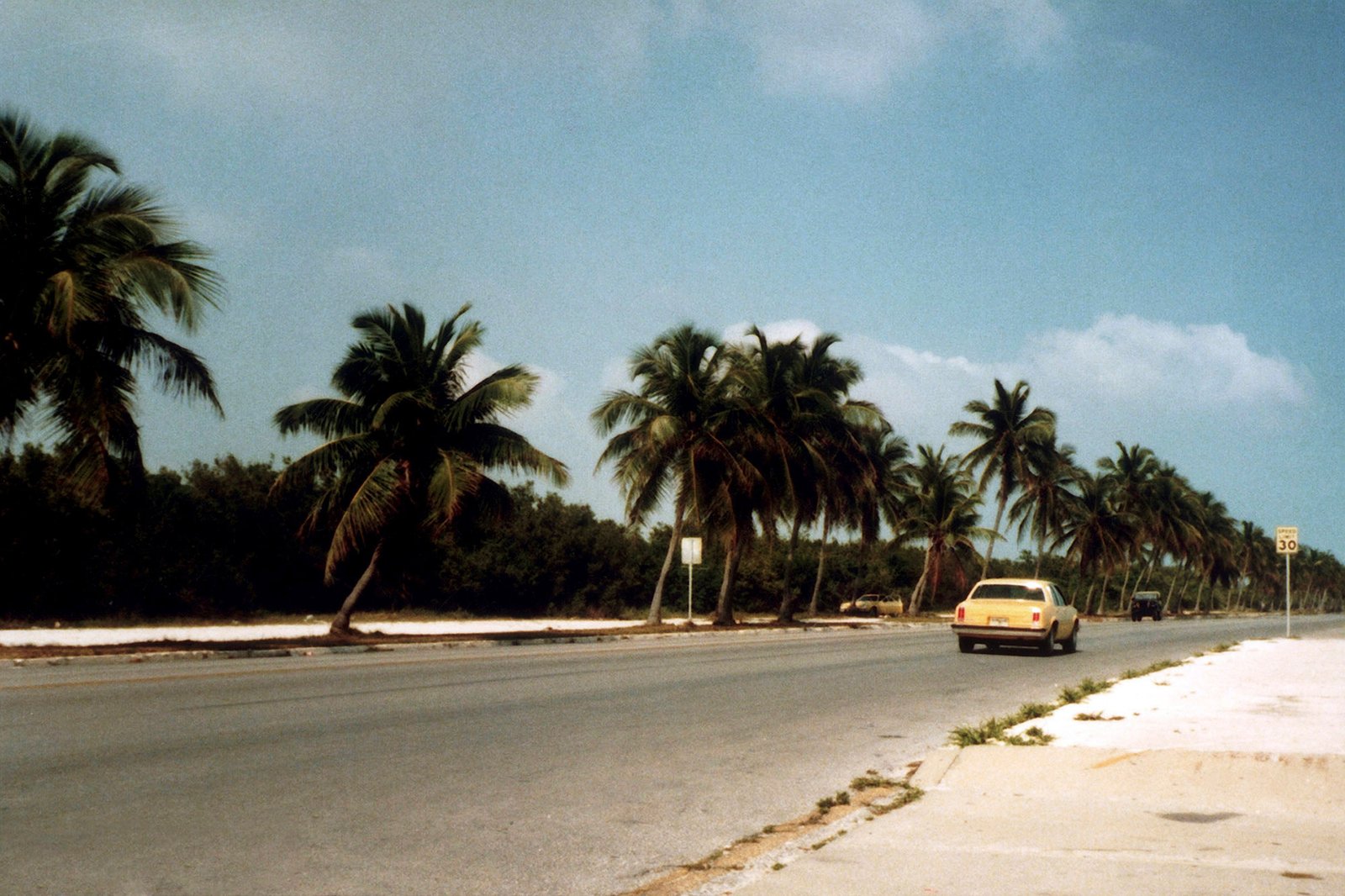

Born in Paris in the aftermath of World War II, Kiki of Paris first studied the social sciences before turning to the visual arts. In Montparnasse, the historic hub of intellectuals and artists, actor Michel Simon introduced him to writer Henry Miller. This encounter, and Miller’s decisive advice, set him irreversibly on the path of photography.
By the early 1990s, Kiki of Paris aligned himself with the tradition of humanist photography, following in the footsteps of Brassaï, Robert Doisneau, and above all Willy Ronis, whom he met on several occasions. In 1996, with the support of a Swiss collector, American patrons began acquiring his large-format works. This marked the beginning of exhibitions in Nassau, Seattle, Paris, Tokyo, Luxembourg, and other international venues. His series A Venetian Summer found particular resonance among collectors, paving the way for other celebrated projects, including his series on funfairs—an homage to Fernand Léger.
In 2006, the Comité Kiki of Paris was established to promote his work and to issue certificates of authenticity for original pieces. Today, Kiki of Paris’s art is held in numerous private and institutional collections in France and abroad, and his works have been listed in 82 public sales of contemporary art. He has been a member of ADAGP since 2000 and of the Maison des Artistes.
Kiki of Paris is distinguished by his rare ability to capture fleeting social interactions with both the rigor of scientific analysis and the poetry of an artistic gaze.
He exhibits only sparingly: most of his works are shared in private gatherings of discerning collectors. This scarcity enhances the symbolic and aesthetic value of his art, which persistently questions humanity’s place in the city, social archetypes, and the hidden structures of reality.
Influenced by structuralism in both anthropology and linguistics, Kiki of Paris published a widely noted theoretical essay in 1999: Primary and Polymorphic Structures. In it, he offers a systemic reading of the image.
Primary structures, he argues, capture a fragment of reality within a temporal unit that gives meaning to the instant; polymorphic structures, in contrast, assemble disparate elements into a meaningful composition that transcends the sum of its parts.
This approach sets him apart from vernacular masters such as Martin Parr: while Parr limits himself to an ironic observation of the banal, Kiki of Paris recomposes the scene, conferring upon it an allegorical—and at times critical—dimension.
The work of Kiki of Paris has been shaped by a wide array of influences, including legendary figures he met along the way: Henry Miller, of course, but also filmmaker Joseph Losey, and William S. Burroughs, the uncompromising voice of the Beat Generation, whose piercing outlook left a lasting impression on him.
“What creates the image is culture. Photography is a piece of time encapsulated. The result is a composite chemistry: the instant T, born of the encounter between an idea, an aesthetic, a well-framed subject, and the memory of humanity”, he told Swiss collector Abraham Gould in Venice in 1998.